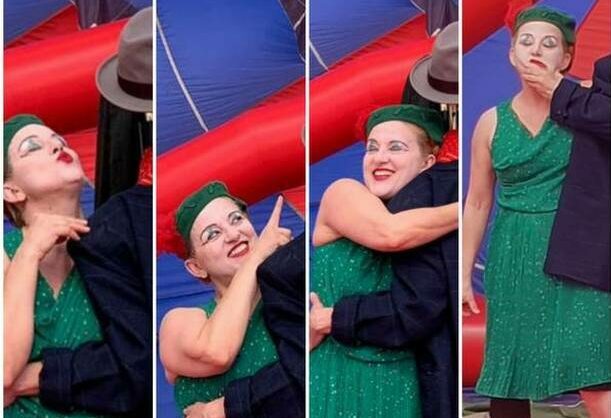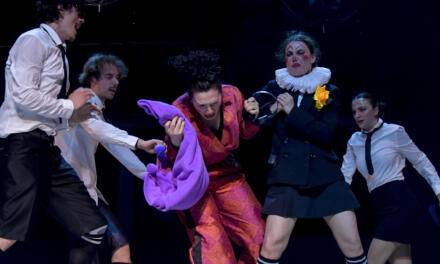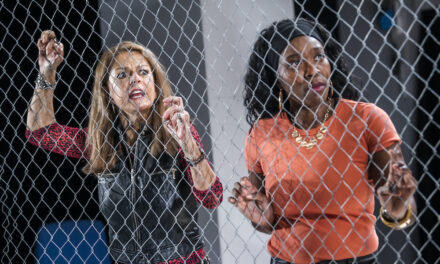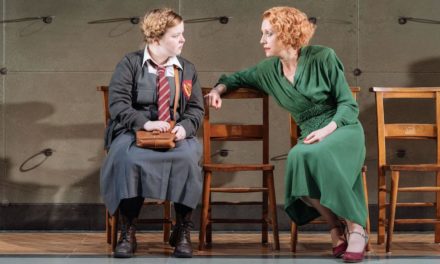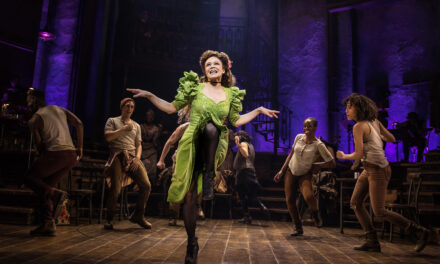Artiste and teacher Elena Serra shares the joy of conveying emotions without words.
The greenroom of Ravindra Bharathi becomes a stage for renowned mime artist and teacher Elena Serra. Seated comfortably on a chair, she adjusts her hair and contorts her lips to make strange sounds — ‘Vroom, daaak, phuuuu, zaaaap’ she utters, moving her hands animatedly; she is recreating the haphazard traffic situation in the city. “Hyderabad is nice but the street and traffic is not,” she smiles. Elena was in city for the MimArt International Festival, presenting a solo show and as one of the teachers at a three-day mime workshop.
Elena, an Italian, was 18 when she went to France. A dancer and artist, she joined Marcel Marceau’s International School of Mimodrama in Paris; and after graduation began teaching with Marcel during internships and masterclasses in France, USA, Italy, and Japan. “Mime is a universal emotion and movement,” she elaborates. For more than 30 years, the stage has been her companion. “Mime moves the body and a performer cannot lie on stage. The art is generous and touches everybody’s hearts,” she shares. In a mime act, the actors are able to communicate without words. “Mime can showcase every emotion, age, and imagination, with heart and in silence. One uses text to convey in theatre but mime is about silence and movement. There could be few words but one has to feel the movement from inside.”
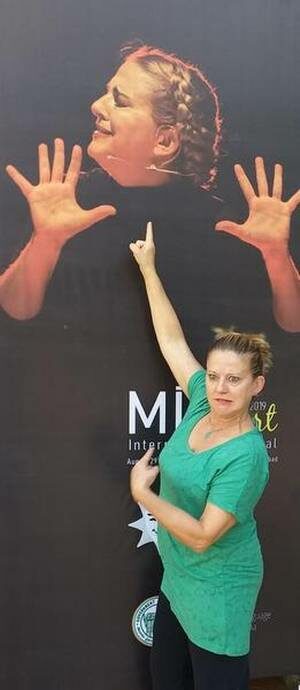
Elena Serra. Photo: by arrangement.
When Elena saw a Charlie Chaplin movie, she was instantly attracted to his act, it made her cry and smile at the same time. She even tried to be like the legendary actor. “Artistes who are able to make the audience experience happiness and sorrow at the same time cast an impression and create real emotions,” she says. Besides being a mime artist and teacher, she also acts in French and Italian stage shows as a comedian. Does it help if a mime artist knows dance too?
“Knowing dance makes the movement easy but the danger is artistes might just be dancing on stage. Mime is being aware and in control of one’s body and movement. Mime includes acting and dancing but much more than that.”
One often sees mime artists painting their faces white and making different gestures. “It is not art but an animation,” she remarks. “Everybody thinks mime is not a big art form. It is big — like puppetry, dancing, jazz, or music.”
A mixed group at her workshop listens attentively when she explains how to create an illusion of transforming into different characters with basic movements. “This is not just about technique as the artist has to respect the philosophy behind it.”
Since 2005, she has been teaching mime and pantomime arts at the Academy of Performing Arts in Paris and Italy and is glad she has been able to make a difference in her 30-year-mime-journey. “In this Mim International festival, I am the only woman among all male artists. It is tough being a mother and artist but I strive to go forward not because it is my choice but also to be an inspiration for the next generation.”
This article was originally published on The Hindu on September 4, 2019. Reposted with permission. Read the original article.
This post was written by the author in their personal capacity.The opinions expressed in this article are the author’s own and do not reflect the view of The Theatre Times, their staff or collaborators.
This post was written by Neeraja Murthy.
The views expressed here belong to the author and do not necessarily reflect our views and opinions.

